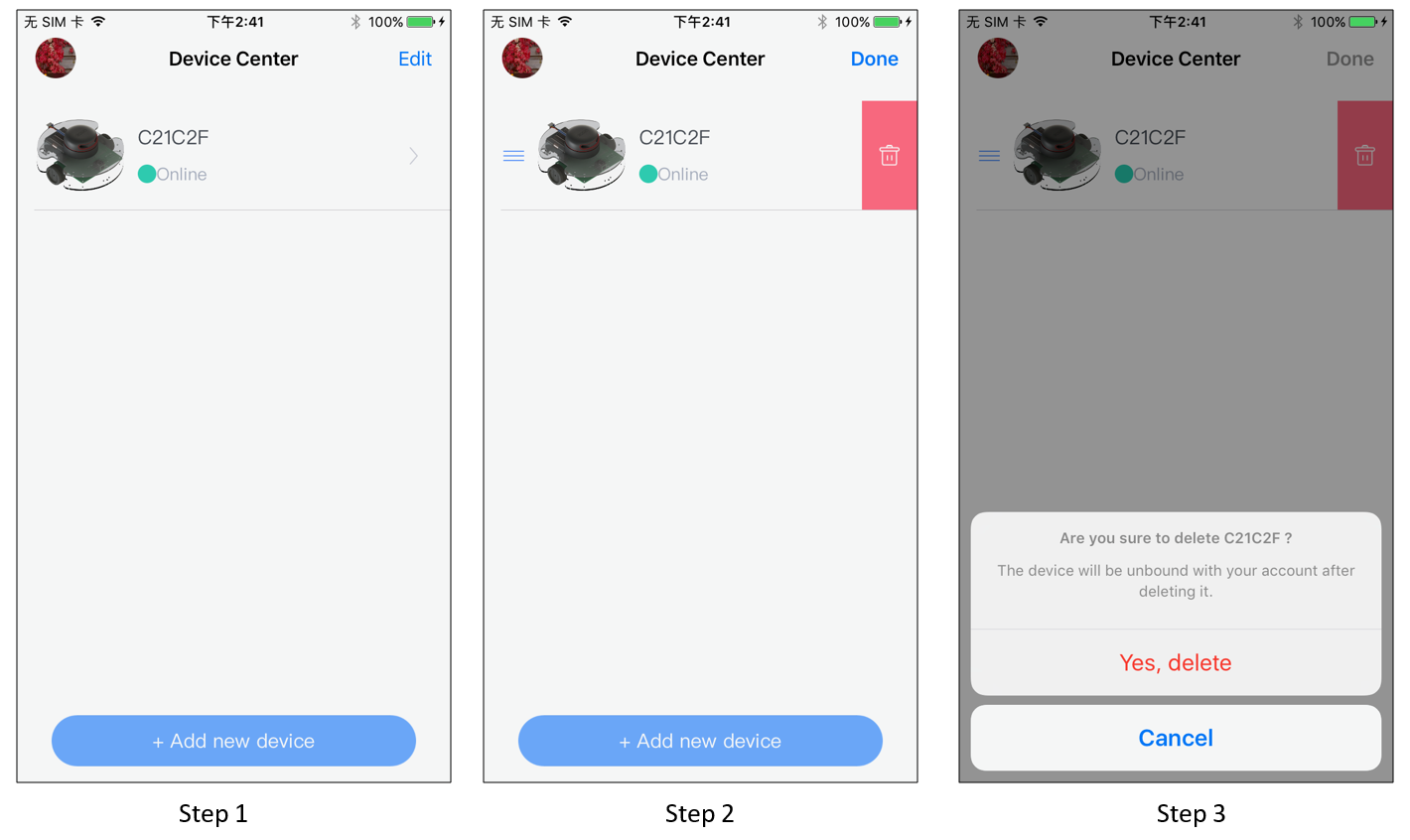

Unlike sonar/ultrasonic sensors, they're very precise, measuring the point exactly ahead. Unlike Time-of-Flight sensors, LIDARs are incredibly fast. A LIDAR is a sensor that can detect distance precisely, using a laser. You may have heard of LIDARs when people talk about self-driving cars. Increase the size to 0.03 so that you can see the data more easily.Is your favorite robot currently in a mid-life crisis? Does it need a new purpose or perhaps, direction? Well now you can find your way with the affordable and easy to use Slamtec RPLIDAR A1 rosrun rviz rvizĬlick the Add button in the bottom-left of the window. Open a new terminal window, and start rviz so we can visualize the data. Open a new terminal window, and type the following command to see a single message (the number after the -n tag indicates how many messages you want to see): rostopic echo -n1 /scanĪlternatively, you can see the full stream of messages by typing: rostopic echo /scan Let’s see what LIDAR data is being published to the /scan ROS topic. If you open a new terminal window, and type the following command, you will be able to see the active topics. roslaunch launch_jetson_nano_bot jetson_nanobot.launch

Open a new terminal window, and go to the home directory.

roscd launch_jetson_nano_bot cd launch gedit jetson_nanobot.launchĪdd the following lines below the IMU data publisher node. Once you’ve completed the step above, open a terminal window, and go to the main launch file. Follow all the instructions up until you reach the section entitled “ Build a Map Using the Hector-SLAM ROS Package”. To publish LIDAR data, you are going to want to follow this tutorial. I will continue with my two-wheeled differential drive robot. We will continue from the launch file I worked on in this post, or you can start a brand new one.You can also use an Ubuntu-enabled Raspberry Pi that has ROS installed. You have already set up your NVIDIA Jetson Nano (4GB, B01) with ROS.Mapping of Underground Mines, Caves, and Hard-to-Reach Environments.This project has a number of real-world applications:


 0 kommentar(er)
0 kommentar(er)
